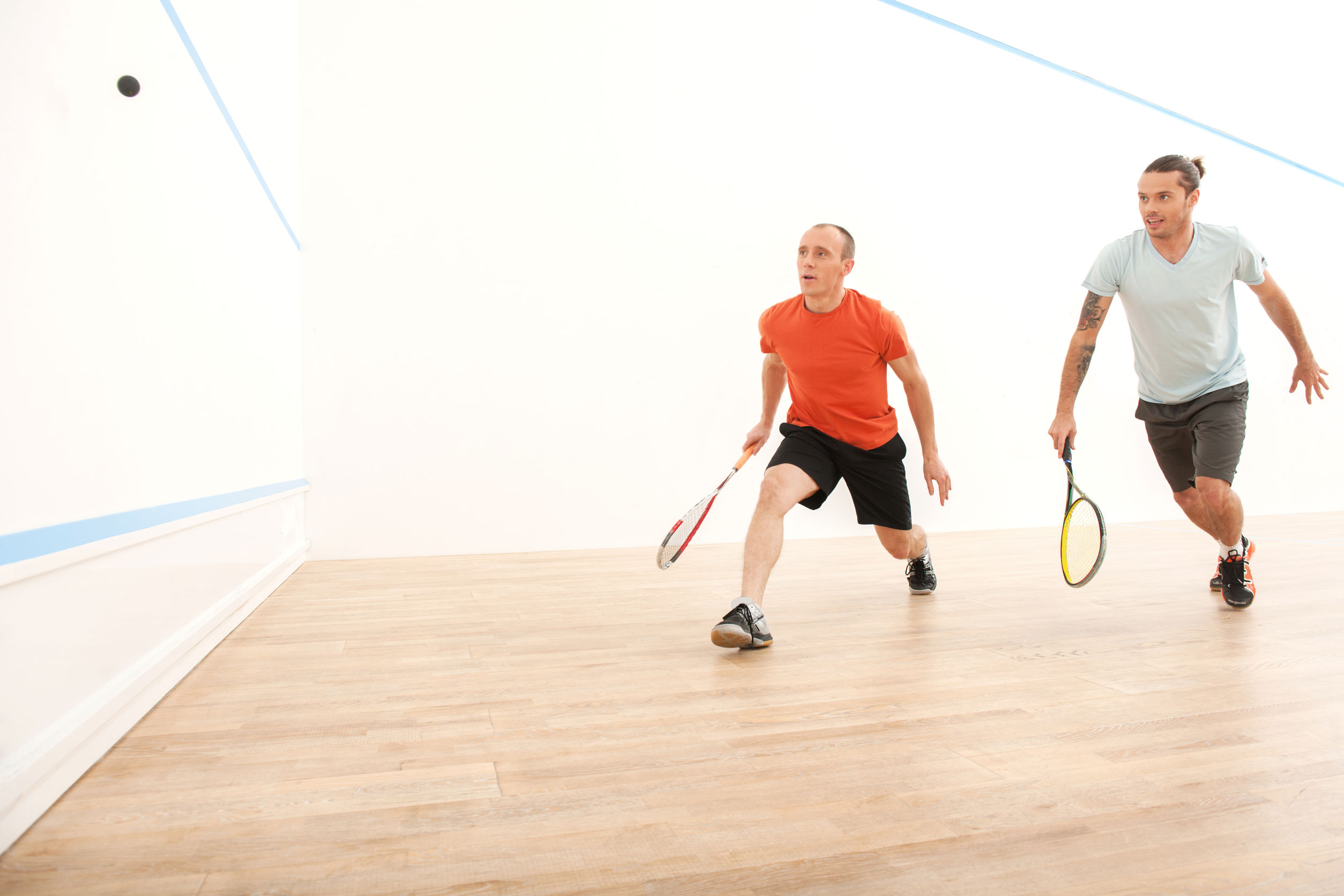Effective Foot & Ankle Strengthening
One of the best and simplest exercises to build strength through the foot and ankle region is the eccentric calf raise. Eccentric contraction is when a muscle lengthens while you’re contracting it. No, you didn’t read that wrong, we really do mean your muscle gets longer as you load it.
How does that work?
Basically, you start load from a shortened and contracted position and then slowly release the contraction against gravity or resistance.
So, why load eccentrically?
Basically it’s more efficient and effective in developing strength and endurance in muscles, as well as promoting tissue integrity at the tendon. Not to say other exercises don’t do this, it’s just that eccentric loading gives you more bang for your buck. The end result being a strong set of calves and ankles with enough capacity and control to handle most activities with ease.


THE BASICS
In this video we begin with a double leg calf raise on a box (or a step or even a kerb if that’s what you have);
- Set both feet at a comfortable hip width apart with the balls of your feet on the box so that you’re well balanced but your heels are free to move both up and down
- Have your hands on a rail or a wall for balance
- From this position, gently rise up onto your toes, try to be conscious of the movement and stay in control as you go
- Once you’re up, stay balanced, keep your legs straight, and slowly lower yourself down through the ankle until your heels are below the level of the box
- Bear in mind if you’re doing this as part of injury recovery plan you may not have that flexibility just yet so go as far as you can but try to push that boundary with each repetition. If you’re wanting to improve your ankle mobility, have a look here.
I can’t stress enough that the focus of this exercise is on the slow and controlled lowering down through the heels more so than the initial rise onto your toes.
How slow is slow?
The honest answer is the slower the better, if you can use a whole minute to lower yourself down at a constant, well controlled pace, I’d be mighty impressed but I’m sure you’d be well bored after a minute so maybe aim for at least a 5 second descent.
THE PROGRESSIONS
When you start to find this too easy, going onto one foot automatically makes the exercise more difficult, with the added benefit of recruiting more stabilising muscles in the trunk and pelvis. Again the focus here is on the controlled descent on one foot, so if you need to use both feet to get up that’s perfectly fine. Just remember to lower yourself slowly.
Alternatively you can increase the challenge by holding a dumbbell in one hand. Choose a suitable weight that’s challenging without compromising posture or control. And yes, single leg plus dumbbell would be the next progression in difficulty, and ideally we should all be able to do that. And no this won’t make your calves get any bigger so ladies (and gentlemen) you don’t have to worry about cankles.
Want to know more?
You can learn more about our approach to foot & ankle pain and improving function by checking out blogs in the MOH foot & ankle series;
- Functional Osteopathic assessment of the foot & ankle
- Osteopathic treatment for foot & ankle pain
- Functional exercises for foot & ankle mobility
- Pilates for ankle strength & stability
- Myotherapy for ankle dysfunction
For more information, ideas and exercises check out our Health Tips blog.



